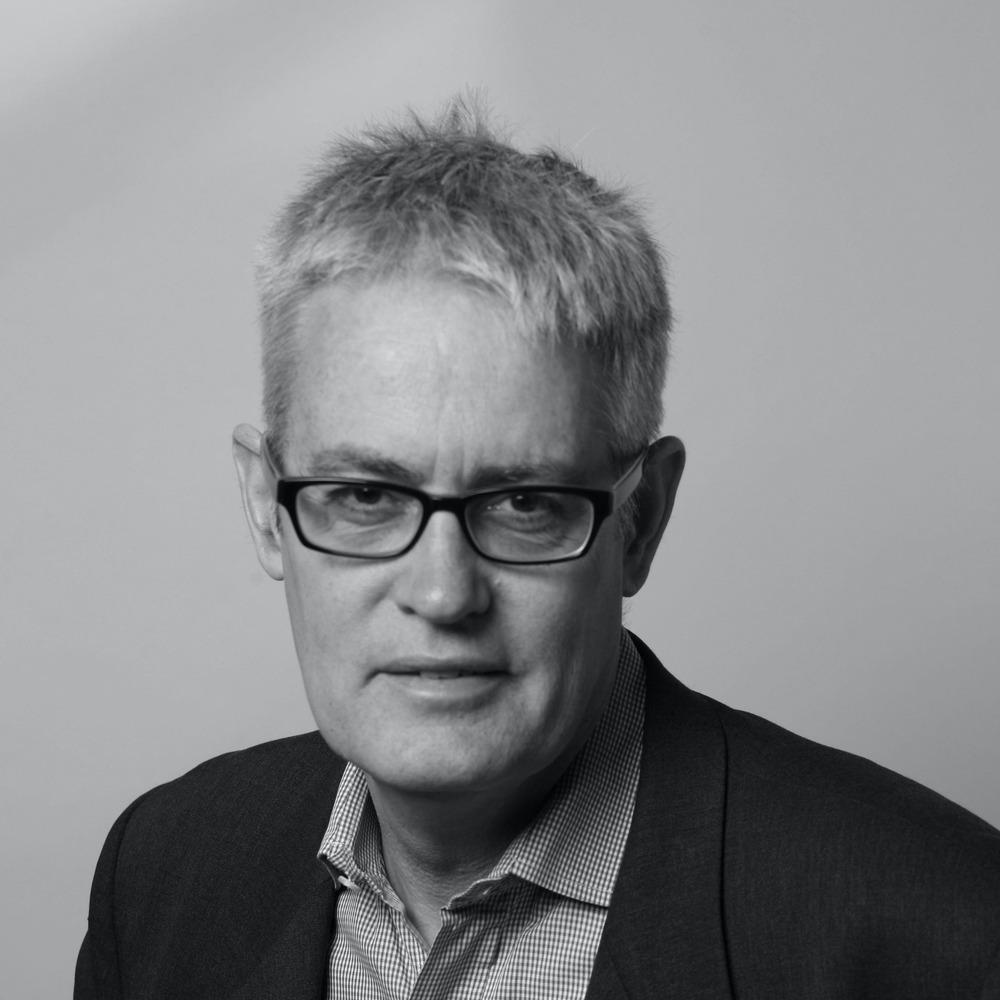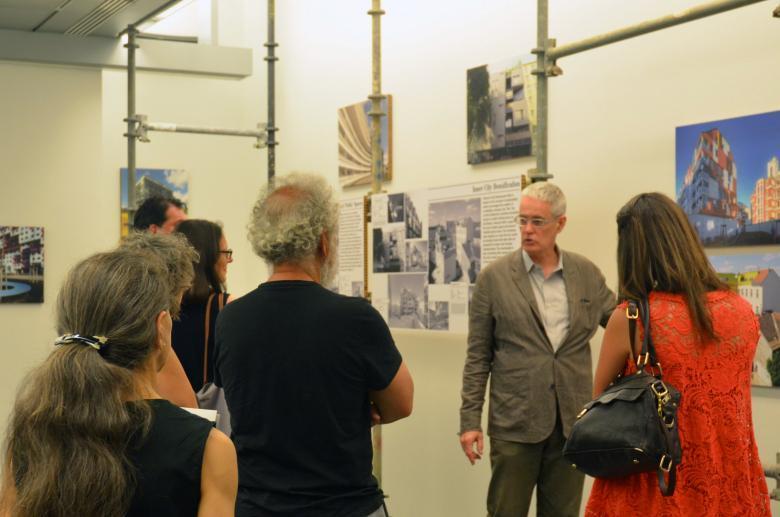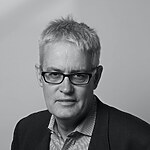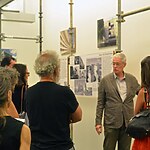Menking grew up in California after being born in Puerto Rico in 1947. He encountered people involved in the radical design movement while studying architecture and urban studies at the University of California, Berkeley, and in Florence, Italy. Following his education, Menking held positions as an art director for the 1980s television series Miami Vice and as a labour organizer in New York City at Studio 54. Before starting AN, he relocated to London to attend University College London’s Bartlett School of Architecture and wrote for British architectural journals such as Building Design and The Architects’ Journal.
Career
William Menking’s introduction to the field of architectural journalism has been influenced by his enduring interest in the built environment and how it interacts with society. Having been trained as an architect, Menking’s early work included both architectural practice and writing and critique. His varied background gave him a complex viewpoint that helped shape The Architect’s Newspaper’s editorial strategy. (Hill, 2020)
Menking’s interest in architectural discourse led him naturally to move into editorial jobs. As co-founder and chief editor of The Architect’s Newspaper, he has been instrumental in making the journal a preeminent voice in the industry. The publication has won praise for its sharp reporting, insightful analysis, and thorough coverage of architectural events and trends while he has been in charge.
Menking was a tenured professor and trustee at Pratt Institute and was also on the board of directors at Manhattan’s Storefront for Art and Architecture and The Architecture Lobby. He wrote books including Four Conversations on the Architecture of Discourse and Architecture on Display: On The History of the Venice Biennale of Architecture, and was the curator of the 2008 US Pavilion at the Venice Biennale of Architecture. (Harrouk, 2020)
In 2003, Menking and his spouse, Diana Darling, co-founded The Architect’s Newspaper in New York City. Over the past seventeen years, the daily has expanded beyond its East Coast roots to include coverage of architecture news in five U.S. regions as well as internationally. Bill was a friend of World-Architects, having contributed to Building of the Week assessments in the early years of that feature on our U.S. platforms and The Architect’s Newspaper served as a longstanding media partner. (Harrouk, 2020)

Contributions to Architectural Journalism
The Architect’s Newspaper founder William Menking has been in the forefront of encouraging architects to talk about and debate topics through the print and digital versions of the newspaper. He has given thought leaders, researchers, architects, and designers a platform to express their opinions on important industry concerns. Menking’s editorial philosophy is distinguished by its dedication to intellectual rigor, journalistic honesty, and a progressive perspective on architectural debate. Through his support of a range of perspectives and ideas, he has made sure that the journal authentically captures the complexity and diversity of the architectural world. The narrative around architecture in the twenty-first century has been shaped by Menking’s editorial control, which has handled everything from in-depth profiles of up-and-coming talent to investigative exposes disclosing industry abuses.
William Menking’s influence is felt well beyond the pages of The Architect’s Newspaper, rippling throughout the architectural world and beyond. His contributions as an editor, curator, and advocate have garnered him significant recognition and respect in the field. He has continually attempted to enhance the conversation about architecture and its role in society through his publications, speaking engagements, and group affiliations. Furthermore, Menking’s efforts to promote sustainability, justice, and social responsibility in the sector have been embraced by a new generation of architects and designers. By questioning traditions and pushing limits, he has sparked significant conversation and constructive change in the field.

Apart from his role as an editor at The Architect’s Newspaper, Bill also authored books and organized group shows. His invaluable history of the Venice Architecture Biennale, Architecture on Display, is one of the formers. He and Aaron Levy conducted interviews with previous curators, ranging from Vittorio Gregotti to Kazuyo Sejima. Menking curated the U.S. Pavilion at the 2008 Biennale, titled Into the Open: Positioning Practice, which resulted in the publication of that book in 2010.
Whether he was strolling about the Giardini or Arsenale and chatting with every architect he saw—Bill knew everyone—or enjoying an Aperol Spritz at Ristorante Paradiso outside the Biennale’s gates, Bill was a mainstay throughout the vernissage. In accordance with his obituary in The Architect’s Newspaper, “he attended every Venice Architecture Biennale since it started in 1980.” When the Biennale this year eventually opens, it will be weird without Bill present. (Hill, 2020)
Born in 1947 in Puerto Rico, William Menking grew up in Stockton, California. While pursuing his studies in architecture and urban studies at the University of California, Berkeley, he visited Florence, Italy, and got to know the Super studio members. He later organized shows with the avant-garde ensemble and co-authored Super studio: Life Without Objects. Exhibitions and writings on the similarly radical collective Archigram followed. In addition to being a tenured professor and trustee at Pratt Institute, he served on the boards of directors of The Architecture Lobby and the Storefront for Art and Architecture. (Hill, 2020)
















